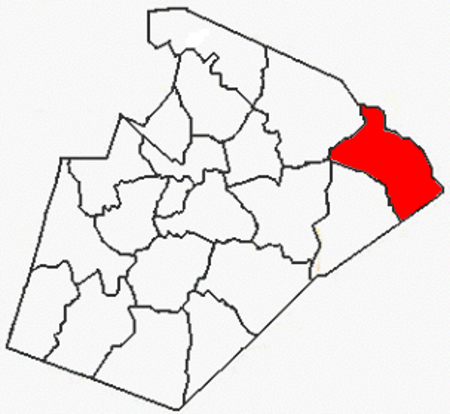Little River Township, Wake County, North Carolina
Townships in North CarolinaTownships in Wake County, North CarolinaUse mdy dates from July 2023

Little River Township (also designated Township 9) is one of twenty townships within Wake County, North Carolina, United States. As of the 2010 census, Little River Township had a population of 12,528, a 14.0% increase over 2000. Little River Township, occupying 53.8 square miles (139.3 km2) in eastern Wake County, includes the entire town of Zebulon.
Excerpt from the Wikipedia article Little River Township, Wake County, North Carolina (License: CC BY-SA 3.0, Authors, Images).Little River Township, Wake County, North Carolina
Shepard School Road,
Geographical coordinates (GPS) Address Nearby Places Show on map
Geographical coordinates (GPS)
| Latitude | Longitude |
|---|---|
| N 35.8434853 ° | E -78.3159411 ° |
Address
Shepard School Road 1615
27597
North Carolina, United States
Open on Google Maps







